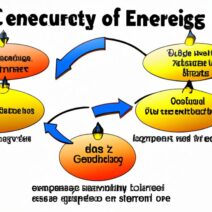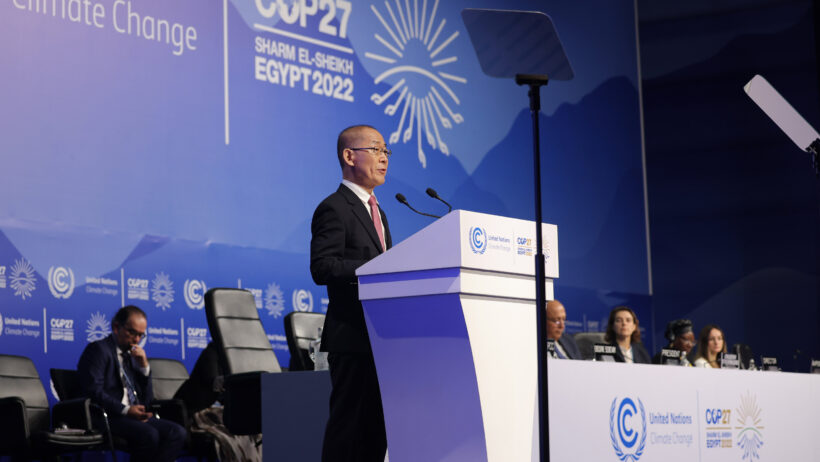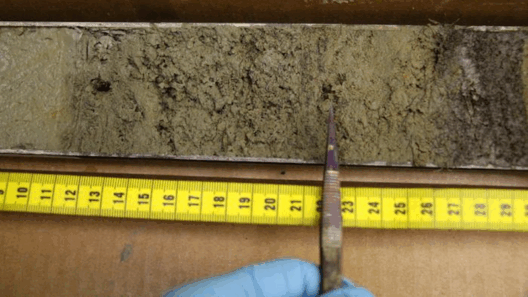Global warming is more than just a rise in temperatures; it serves as a catalyst for numerous consequential changes within our climate system. Understanding the multifaceted impacts of global warming—often overlooked—presents a clearer picture of the climate crisis we face today. This discourse is pivotal, as it sheds light on how elevated temperatures amplify natural disasters and disrupt ecological balances. Herein, we will explore critical themes surrounding global warming, including extreme weather patterns, sea-level rise, biodiversity loss, and the socio-economic ramifications that ensue.
Extreme weather phenomena have become ubiquitous in discussions about climate change. As Earth’s temperature rises, the atmosphere holds more moisture, resulting in volatile weather conditions. This can lead to intensified storms, hurricanes, and floods. In particular, regions that were once temperate are now experiencing unprecedented rainfall, causing significant flooding events. Conversely, areas that have historically been rainy are facing debilitating droughts. The shifting precipitation patterns are a direct result of warmer temperatures, altering the hydrological cycle.
Hurricanes have also grown in ferocity, specifically in terms of their wind speeds and the amount of rainfall they can produce. Warmer ocean waters serve as fuel for these cyclonic storms, leading to, for instance, Category 5 hurricanes that wreak havoc on coastal communities. The storm surges, coupled with rising sea levels, spell danger for those living in low-lying regions. This relationship between global warming and extreme weather events underscores the urgent need for understanding and action.
In addition to rainfall and storms, heatwaves have emerged with dramatic frequency and intensity—long-lasting periods of extreme heat that can have dire consequences for human health, agriculture, and ecosystems. Prolonged exposure to high temperatures can lead to heat-related illnesses and exacerbate existing health conditions. Agricultural sectors are not impervious either; crops may fail if subjected to relentless heat, leading to food scarcity. The threat of heatwaves accentuates the urgency of transitioning to sustainable practices.
Sea-level rise represents another dire consequence of global warming, driven primarily by melting glaciers and polar ice caps, alongside the thermal expansion of seawater. Coastal cities, which are often densely populated, face existential threats as rising tides encroach upon their boundaries. The implications are not merely geographic; they extend far beyond, prompting community displacement, infrastructure decay, and economic disruption. In many cases, nations must grapple with the potential loss of cultural heritage and identity as their histories are washed away by encroaching seas.
As these environmental patterns evolve, biodiversity suffers increasingly. Ecosystems that have flourished for millennia are now faltering as species struggle to adapt to rapid climate shifts. The domino effect of extinction is dire; when one species is lost, the ramifications can ripple throughout the food web, affecting predator-prey dynamics and pollination efficiency. Coral reefs, often termed the “rainforests of the ocean,” are particularly vulnerable to warming waters, resulting in coral bleaching and ecosystem degradation that threatens countless marine species.
Among the casualties of biodiversity loss is the intricate web of life interlacing human existence with the natural world. Pollinators, for example, play an essential role in crop production and natural ecosystems. Their decline jeopardizes food security, highlighting a critical intersection between environmental integrity and human sustenance. The consequences of biodiversity loss can unravel decades, if not centuries, of ecological equilibrium, compelling humanity to reconsider conservation strategies.
The socio-economic dimensions of global warming are equally salient. Vulnerable populations—often the least responsible for emissions—bear the heaviest burdens, facing health inequities and economic uncertainty exacerbated by climate impacts. Natural disasters lead to rampant displacement, forcing families into precarious living situations, where access to basic necessities becomes fraught with challenges. Vulnerability indices are now being utilized to better understand which communities require greater support as global warming exacerbates existing inequalities.
Furthermore, climate change’s extensive reach extends to our economy. The agricultural sector, for instance, may witness fluctuations in commodity prices due to crop failures. By extrapolation, this volatility has the potential to sow instability in global markets and food systems, leading to increased hunger and malnutrition in various regions. Industries reliant on natural resources—such as fisheries and forestry—might also experience declines, contributing to job losses and further embedding poverty within communities already at risk.
Mitigation and adaptation strategies must be integral to any policies addressing the multiple facets of how global warming fuels climate change’s fury. Global initiatives focused on reducing greenhouse gas emissions are essential, but local actions can also yield significant results. Transitioning to renewable energy sources, investing in public transportation, enhancing energy efficiency, and promoting sustainable land use practices are paramount in combating this crisis.
Ultimately, a robust understanding of the interconnections between global warming and climate change allows us to navigate the challenges ahead. From extreme weather patterns and biodiversity loss to socio-economic impacts, the consequences are stark yet preventable. It is incumbent upon individuals, communities, governments, and organizations to advocate for immediate action. Addressing the climate crisis with urgency is not merely a necessity—it is an ethical imperative demanding collective responsibility for our planet and future generations.








